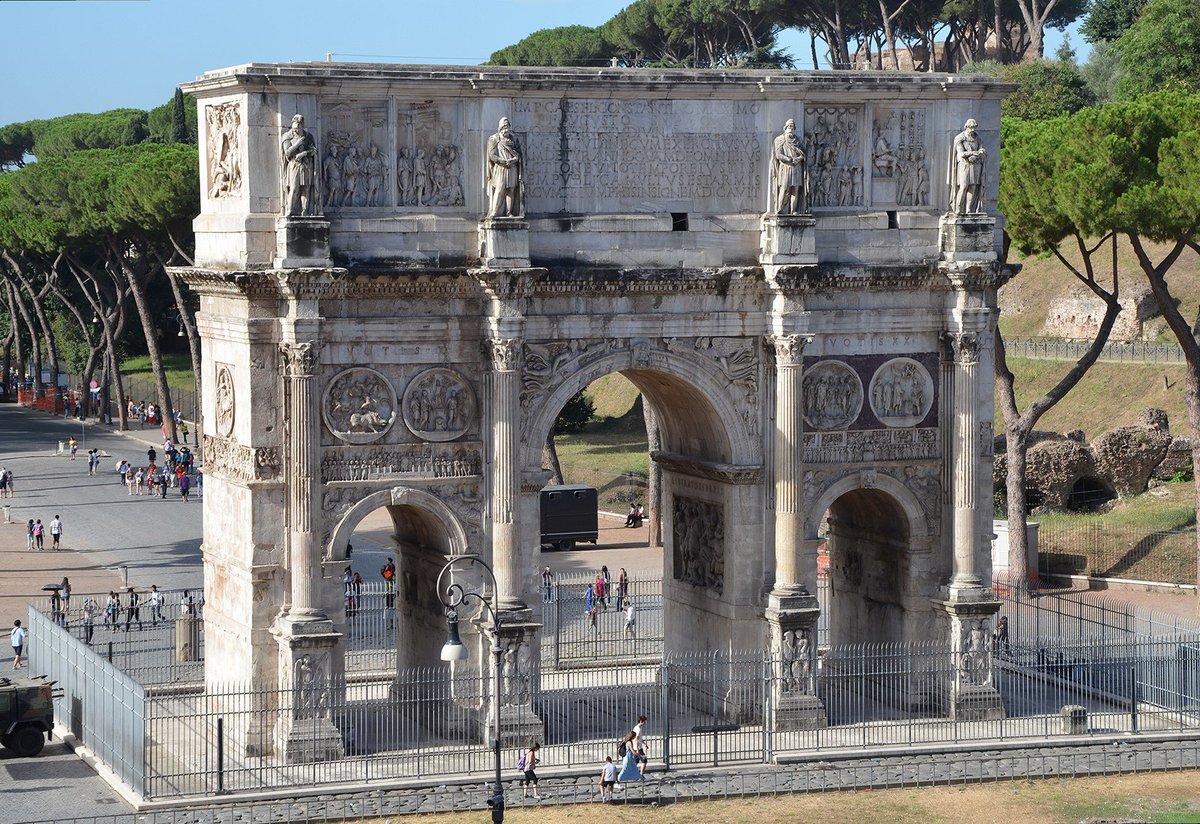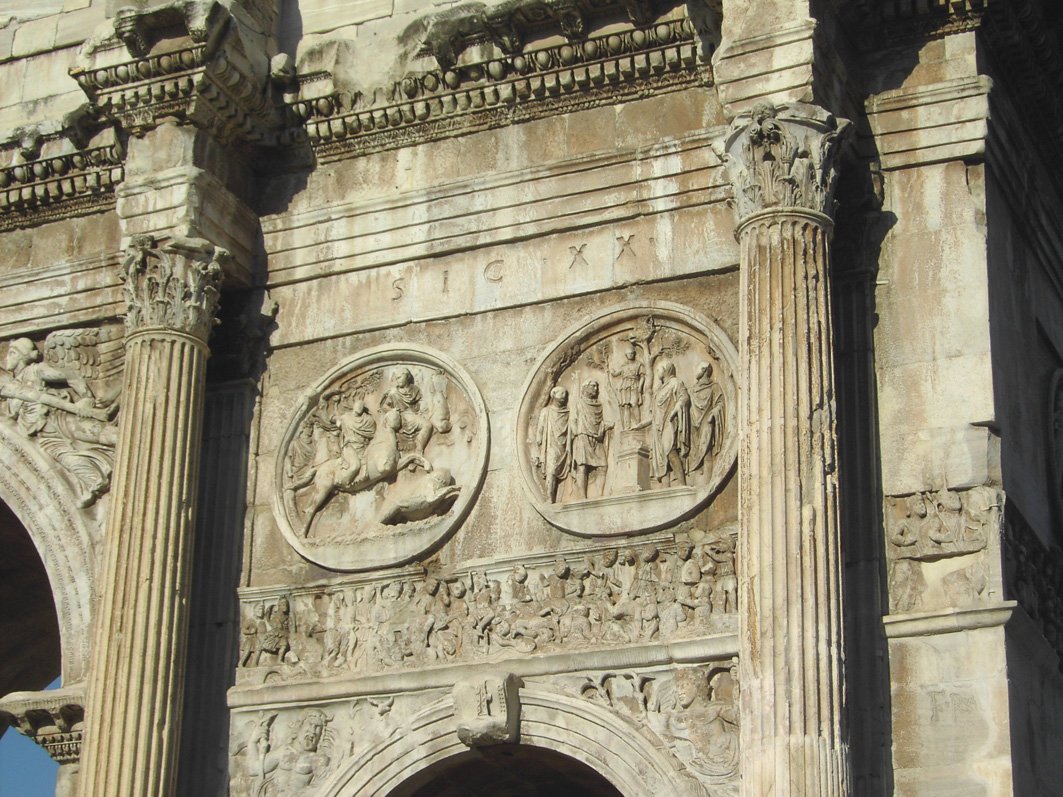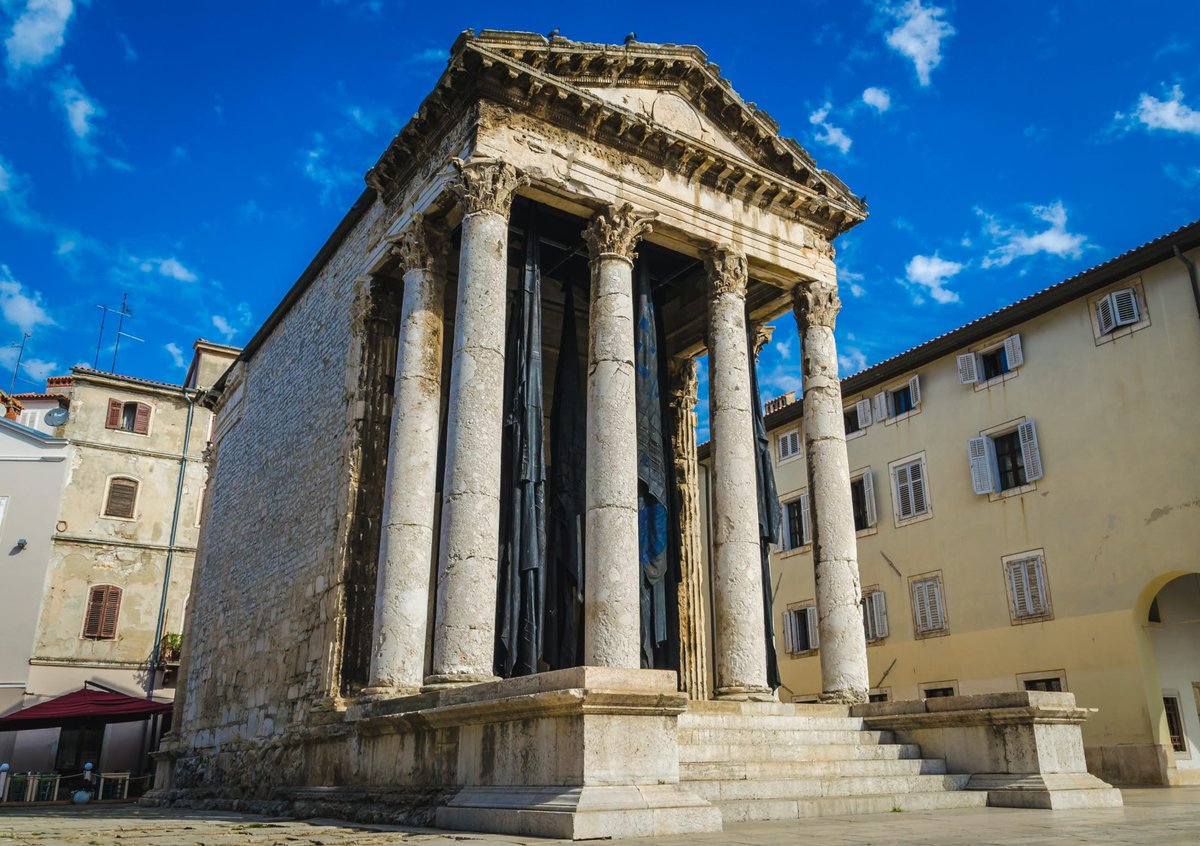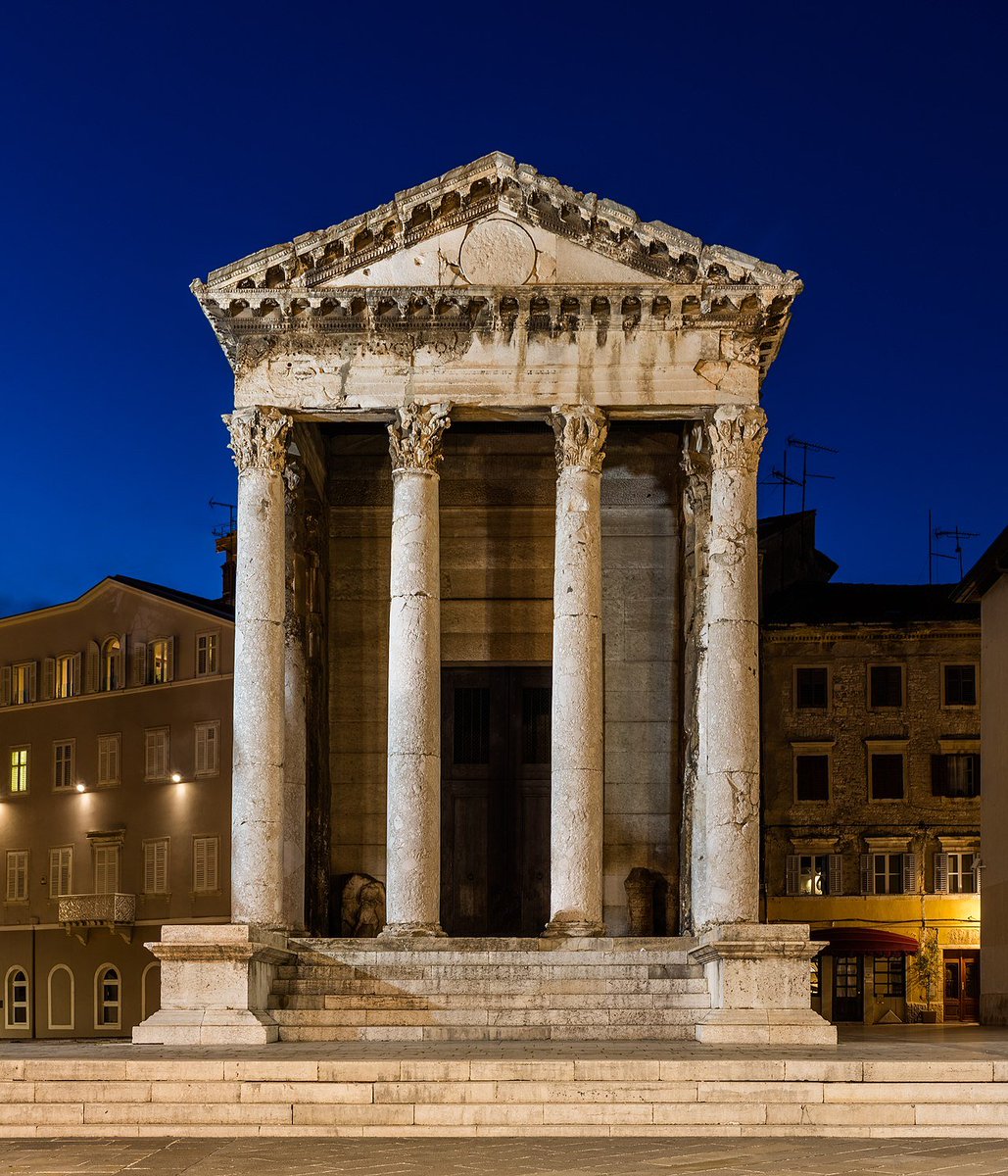#RomanSiteSaturday - Pyramid of Cestius 🏛️
(1/9) Located in #Rome, the Pyramid of Cestius is one of the best preserved classical buildings in the city. Moreover, as an imitation of an #Egyptian pyramid, it is also one of the most unique.
#Classics #Roman #Archaeology #History
(1/9) Located in #Rome, the Pyramid of Cestius is one of the best preserved classical buildings in the city. Moreover, as an imitation of an #Egyptian pyramid, it is also one of the most unique.
#Classics #Roman #Archaeology #History

(2/9) Built between 18 - 12 BCE, the pyramid was constructed as a tomb for Gaius Cestius. Cestius had served as a praetor, tribune of the plebs, and was a member of the Septemviri Epulorum, one of the four great religious corporations of the city. 



(3/9) Stylistically, it appears to imitate the pointed pyramids of Nubia, particularly in the ancient Kingdom of Meroë. In 23 BCE, Rome attacked this kingdom, leading scholars to postulate that Cestius may have served in this campaign and been inspired by Nubian architecture. 

(4/9) The main funerary inscription reads:
C · CESTIVS · L · F · POB · EPVLO · PR · TR · PL
VII · VIR · EPVLONVM
"Gaius Cestius, son of Lucius, of the Pobilia [voting tribe], member of the College of Epulones, praetor, tribune of the plebs, septemvir of the Epulones."
C · CESTIVS · L · F · POB · EPVLO · PR · TR · PL
VII · VIR · EPVLONVM
"Gaius Cestius, son of Lucius, of the Pobilia [voting tribe], member of the College of Epulones, praetor, tribune of the plebs, septemvir of the Epulones."

(5/9) Straddling a fork in the road at the Via Ostiensis, the Pyramid of Cestius is made of brick-faced concrete resting on a travertine foundation, and is covered with slabs of white marble. The base measures 29.6m square and stands 37m tall. 



(6/9) The interior burial chamber is simplistic in design, consisting of a simple barrel-vaulted rectangular cavity 5.95m long, 4.10m wide and 4.80m tall. Plundered in antiquity, the interior was once heavily decorated with frescoes, however only traces survive today. 

(7/9) Between 271 - 275 CE, the Pyramid of Cestius was incorporated into the Aurelian walls as a bastion for convenience and to reduce construction costs. By the medieval period, its origins had been forgotten, and locals believed it to be the tomb of Remus. 



(8/9) By the 1660's, however, excavations were undertaken by Pope Alexander VII which rediscovered the inscription. By the 18th and 19th centuries, the pyramid became a key attraction for those undertaking the "Grand Tour", and it features in the works of P. B. Shelly and Hardy. 



(9/9) Today, the Pyramid of Cestius is now an important tourist attraction. Restoration work in 2001 and 2011 was undertaken to clean and restore the damaged marble cladding, and to preserve the already faded interior frescoes from further water damage. 



@threadreaderapp unroll please!
• • •
Missing some Tweet in this thread? You can try to
force a refresh

































